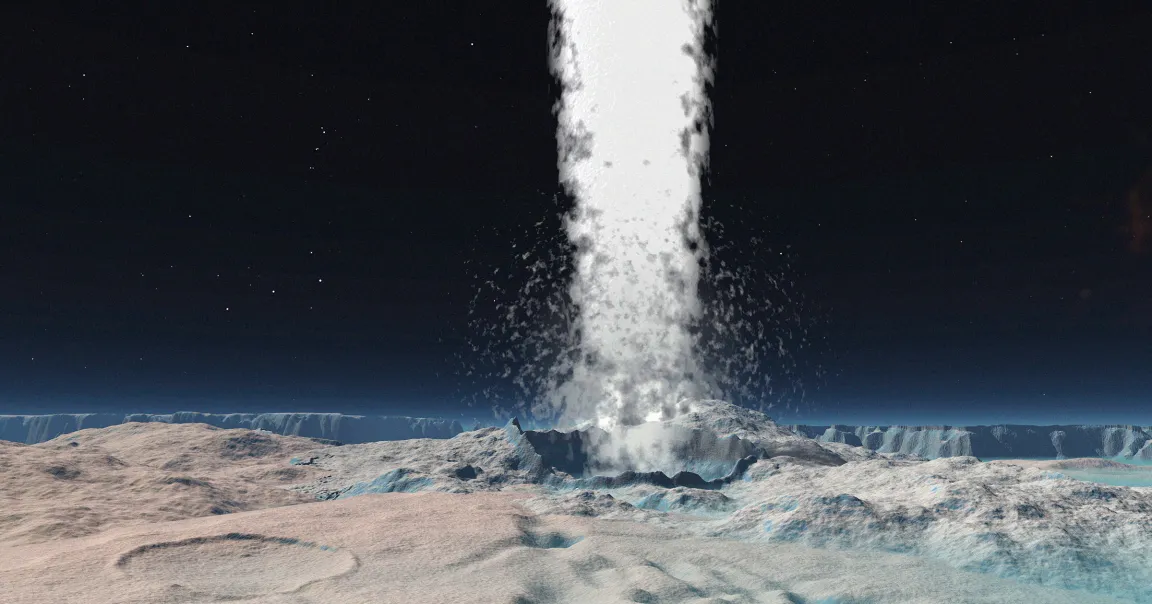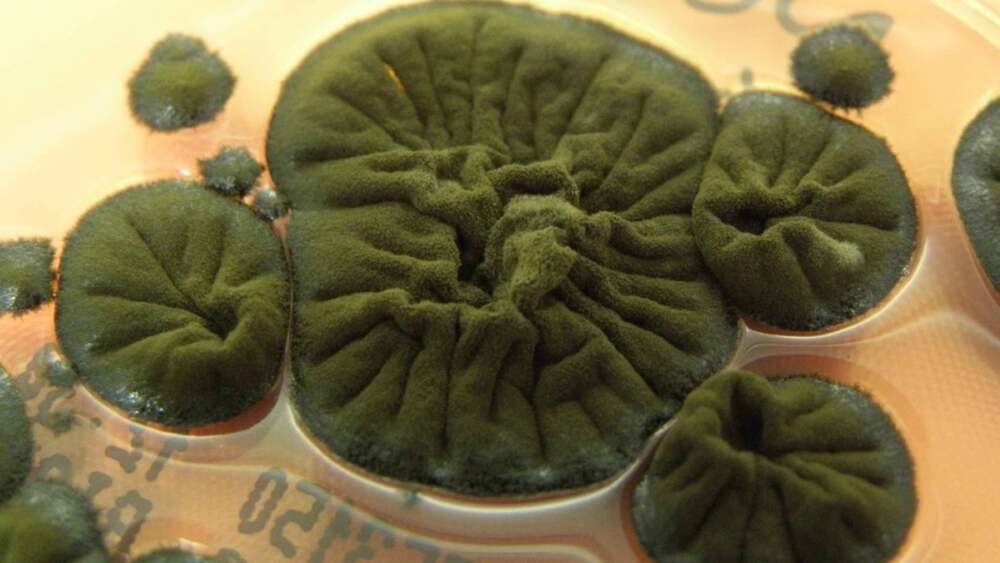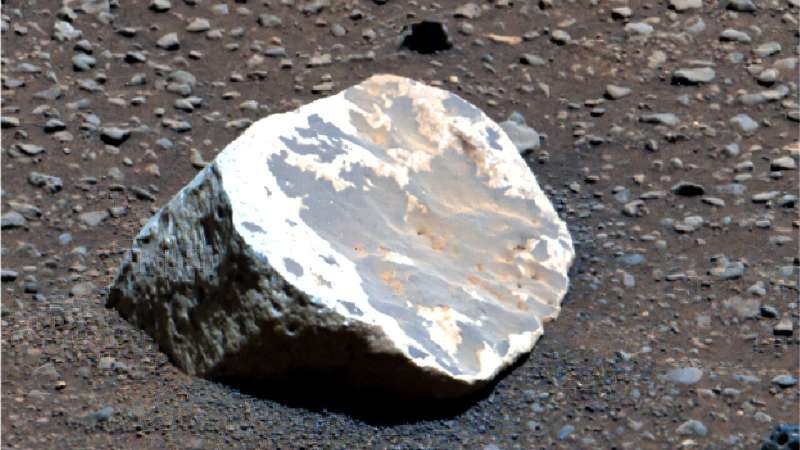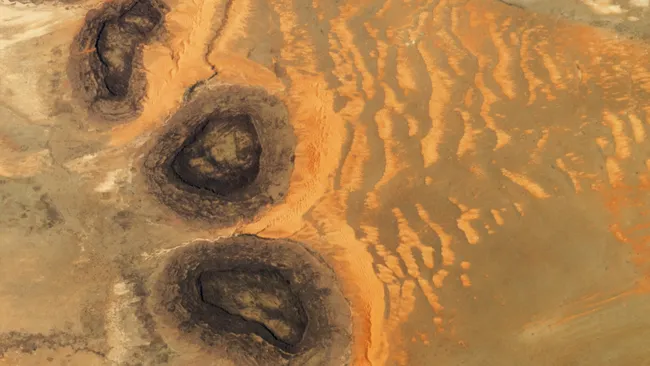September 9, 2025 — One of the most compelling Earth-sized exoplanets in our cosmic neighborhood, TRAPPIST-1e, is edging closer to the spotlight in the quest for extraterrestrial life. Observations from the James Webb Space Telescope (JWST) suggest intriguing, though not yet conclusive, signs of an atmosphere that could support liquid water—and perhaps even life.
A Promising Ocean World
TRAPPIST-1e orbits a red dwarf star about 40 light-years away, placing it in the so-called “habitable zone”—where temperatures could allow liquid water to exist. While location alone doesn’t guarantee life, this positioning has made the planet a major focus in exoplanet studies. JWST targeted TRAPPIST-1e during planetary transits, looking for slight changes in starlight that indicate atmospheric composition.
Parsing the Data: Atmosphere or Airless Rock?
Researchers spent more than a year refining JWST data to account for disturbances caused by the star’s magnetic activity—especially its frequent flaring. The team’s analysis suggests a twofold possibility: either the planet boasts a nitrogen-rich atmosphere capable of sustaining water (possibly as global seas or ice), or it is airless, stripped bare by stellar radiation.
Further modeling and elimination of certain scenarios—like thick hydrogen or carbon dioxide atmospheres akin to Venus—point toward a more Earth-like, though much more delicate, atmospheric state.
What Future Observations Could Reveal
Scientists remain cautious, emphasizing that a bare surface cannot yet be ruled out. But the potential of a nitrogen-based atmosphere adds heart to the hunt for life-friendly worlds. The presence of such an atmosphere could enable a stable surface environment, maintain temperature, and support water—and thus becomes one of the most compelling leads yet.
Astronomers are planning more transits to build up stronger evidence and refine atmospheric models. Each observation brings the exoplanet’s nature into sharper view.
Why TRAPPIST-1e Matters
- Prime candidate in habitability research: TRAPPIST-1e stands out among rocky exoplanets for its position in the habitable zone and its Earth-like properties.
- Advanced tools unlocking secrets: JWST’s infrared capabilities are beginning to transform how we study exoplanet atmospheres—moving us from speculation toward tangible clues.
- No definitive proof yet, but signs are promising: The possibility of an atmosphere places this planet near the top of astrobiological targets—though the data remains tantalizingly ambiguous.
At a Glance
| Feature | Current Insights |
|---|---|
| Atmosphere? | Possibly nitrogen-rich, but not confirmed |
| Surface Conditions | Could support water—if atmosphere exists |
| Atmosphere Types Ruled Out | Thick hydrogen or dense CO₂-like atmospheres unlikely |
| Next Steps | Additional JWST observations to refine conclusions |
| Significance | One of the best prospects for habitable Earth-sized worlds |
The search for life beyond Earth just got more interesting. TRAPPIST-1e may not hold the answer yet—but it has firmly taken its place as one of the most promising candidates in the hunt for habitable worlds.














Leave a Reply